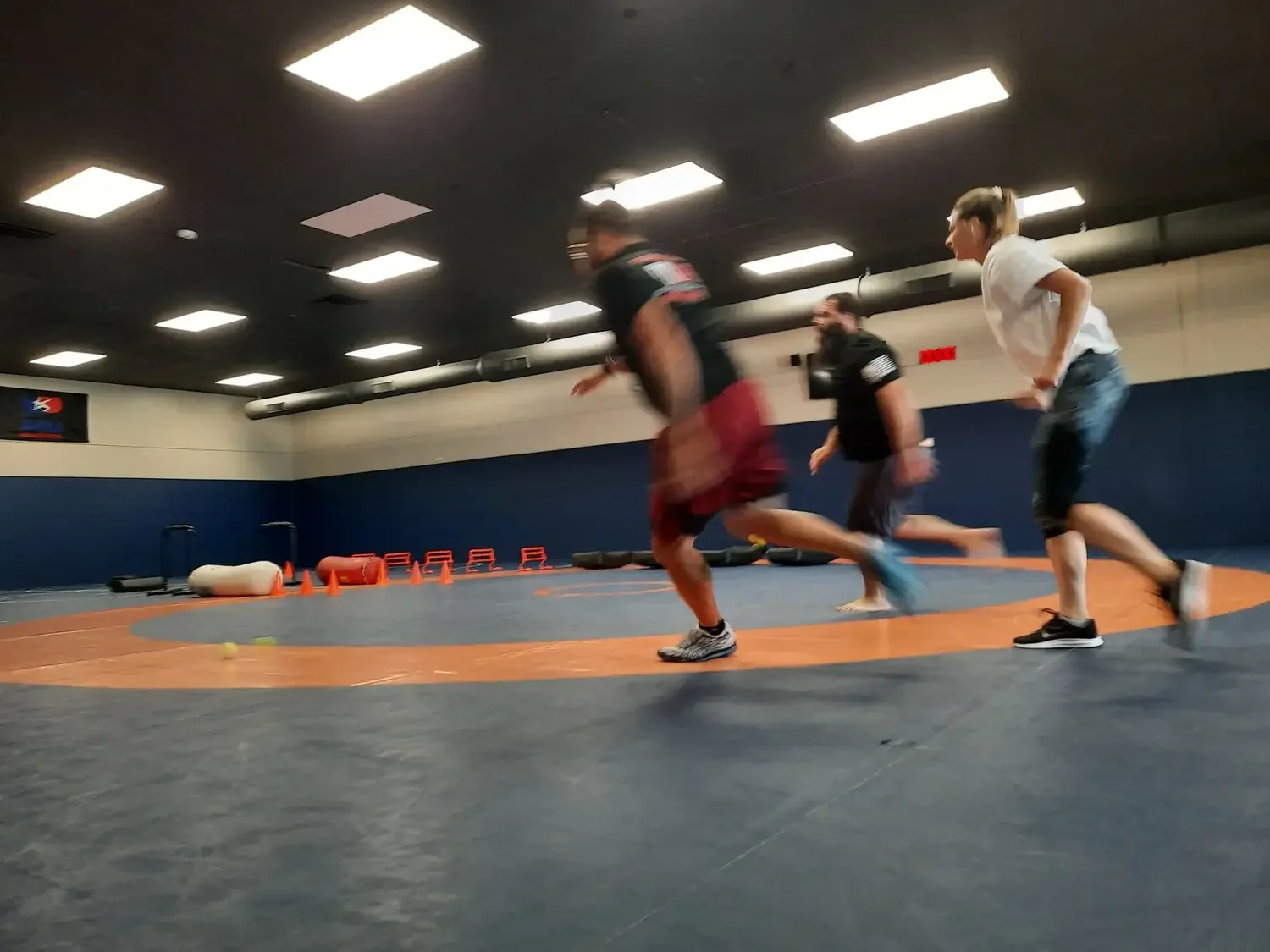How Defense Training Regulates Healing
Introduction
In trauma-informed care, healing often relies on weekly or occasional therapeutic sessions. But what if the real power lies in small, repeated moments of embodied regulation - micro-doses of healing woven into daily movement that regulates healing?
This is exactly what happens in defense training, which we define broadly as including martial arts, self-defense, and combat sports. With its rich tapestry of balance, coordination, spatial orientation, and timing, defense training offers more than skills for physical safety - it provides the nervous system with continuous opportunities to practice regulation.
1. Neurosequential Healing: Regulation Comes First
Dr. Bruce Perry’s Neurosequential Model teaches that for healing or learning to occur, we must first achieve regulation. Only then can we relate to others and eventually engage in higher-level reasoning. As Perry explains: “Without some degree of regulation, it is difficult to connect with another person, and without connection, there is minimal reasoning.” In other words, trying to reason with someone who is in fight, flight, freeze, or fawn doesn’t work - and often backfires. Before thought, physiological regulation must be established.
2. Defense Training as Micro-Dosed Regulatory Practice
Defense training naturally embodies regulation through structured, repetitive movement that strengthens sensory systems foundational to healing.
The vestibular system, rooted in the inner ear, governs balance and spatial orientation. Intentional activation of vestibular input, through movement, boosts emotional stability and reduces anxiety. The proprioceptive system, our sense of body position and movement via muscles and joints, provides grounding input that calms the nervous system, supporting focus and emotional control. Research shows trauma can impair balance and proprioceptive integration, contributing to dysregulation and injury risk. Rebuilding that sensory feedback loop through defense training is restorative.
3. Why Defense Training Triggers Regulation
Defense training isn’t just about punches, kicks, or sparring - it is holistic regulation training. Rhythmic, embodied movement such as stances, footwork, and sequences offers patterned sensory input that helps stabilize arousal. Dynamic proprioceptive and vestibular challenges like twists, balance shifts, and spatial awareness drills activate sensory systems that support grounding and calm. These movements give the brain lots of micro-doses of regulation, each moment building neural scaffolding for stability and resilience.
4. A Sequenced Path: Regulate → Relate → Reason
Applying Perry’s sequence of Regulate, Relate, Reason:
Regulate: Defense training activates regulation through embodied sensory input.
Relate: As participants begin to feel regulated, they can connect more effectively - with instructors, peers, and their own body.
Reason: Once regulated and connected, participants are ready to engage cognitively - learn techniques, strategize, reflect.
This layered sequence echoes Perry’s neurodevelopmental approach: only once regulation is in place can relational and cognitive work be effective.
5. The Science Speaks: Neuroplasticity & Emotional Regulation
Defense training also stimulates neuroplastic changes - forming new neural connections, strengthening motor coordination, cognitive flexibility, and emotional regulation. Researchers have found consistent practice enhances executive function, memory, attention, balance, and stress resilience. By micro-dosing regulation through movement, defense training may build regulation as deeply, or deeper, than traditional therapy, especially when practiced frequently.
Conclusion
Healing from trauma - or strengthening the nervous system - doesn’t solely happen in isolated sessions. It happens in the micro-moments: the footwork, the stance, the balanced breath embedded in defense training. By activating vestibular and proprioceptive systems, defense training delivers micro-doses of regulation that rebuild safety, connection, and cognitive capacity. Layered through Dr. Perry’s Regulate, Relate, Reason sequence, this becomes a powerful, science-supported path to healing and resilience.

